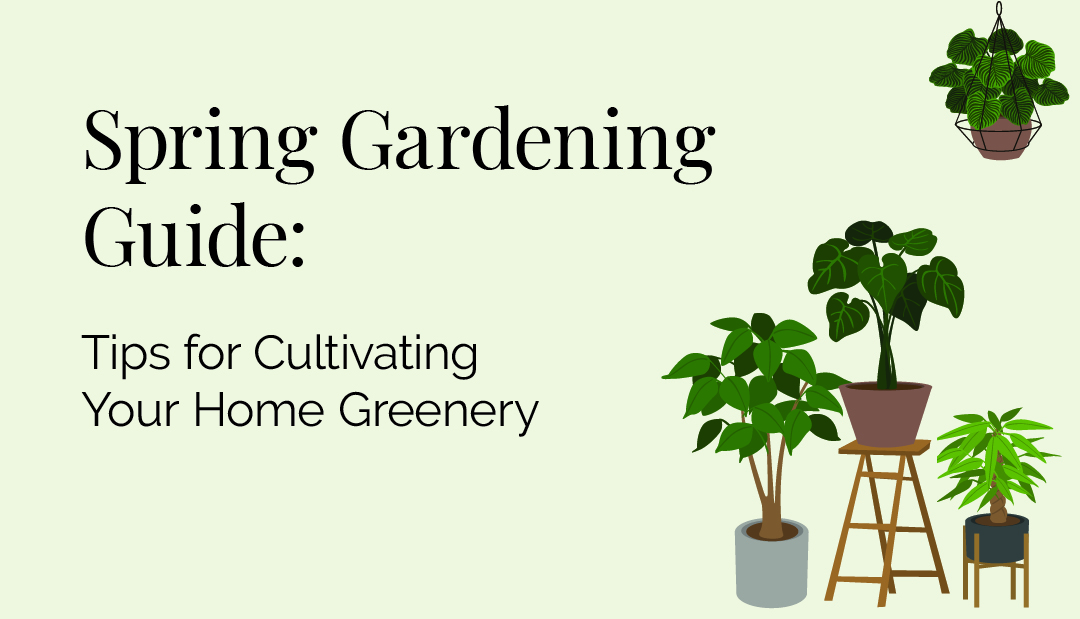Tips for Cultivating Your Home Greenery
Plan Your Garden Layout: Before diving into planting, take some time to plan your garden layout. Consider factors such as sunlight exposure, soil quality, and space availability. Sketch out your garden beds, deciding what plants will go where based on their sunlight and water requirements.
Prepare the Soil: Good soil is the foundation of a healthy garden. Start by clearing away debris and weeds from your garden beds. Then, enrich the soil with compost or organic matter to improve its texture and nutrient content. Loosening the soil also helps with aeration, allowing roots to penetrate more easily.
Choose the Right Plants: Selecting the right plants for your garden is crucial for success. Opt for varieties that are well-suited to your climate and soil conditions. Consider mixing annuals, perennials, and native plants to create a diverse and resilient ecosystem.
Start Seeds Indoors: For certain plants, starting seeds indoors can give them a head start and extend your growing season. Invest in some seed trays, potting soil, and grow lights to create a cozy indoor nursery. Once the weather warms up, you can transplant these seedlings into your outdoor garden.
Mindful Watering: As the weather heats up, your garden will require more water to thrive. Be mindful of when and how much you water, aiming to keep the soil consistently moist but not waterlogged. Consider investing in a drip irrigation system or soaker hoses to deliver water directly to the roots, minimizing waste.
Mulch for Moisture and Weed Control: Mulching your garden beds serves multiple purposes. It helps retain moisture in the soil, reducing the need for frequent watering, and also suppresses weed growth by blocking out sunlight. Organic mulches such as shredded leaves or straw also break down over time, enriching the soil with nutrients.
Monitor for Pests and Diseases: Keep a close eye on your plants for signs of pests or diseases. Early detection is key to preventing infestations from spreading and causing damage to your garden. Consider using natural remedies such as neem oil or insecticidal soap to control pests, and practice crop rotation to deter disease.
Prune and Deadhead: Regular pruning and deadheading help promote healthy growth and prolong flowering in your garden. Remove dead or diseased branches, as well as spent flowers, to redirect the plant’s energy towards new growth. Pruning also helps maintain the shape and structure of shrubs and trees.
Feed Your Garden: Just like us, plants need nutrients to thrive. Consider feeding your garden with organic fertilizers or compost tea throughout the growing season to replenish soil nutrients and support robust growth. Be sure to follow application instructions carefully to avoid over-fertilization.
Enjoy the Process: Gardening is not just about the end result; it’s also about the journey. Take time to immerse yourself in nature, observe the changes unfolding in your garden, and savor the satisfaction of nurturing life from seed to harvest. Remember, every blossom and harvest is a testament to your care and dedication.
With these spring gardening tips in hand, you’re well-equipped to embark on a rewarding gardening journey right in your own backyard. So roll up your sleeves, dig in the dirt, and let the magic of spring transform your home into a blooming paradise. Happy gardening! ν







